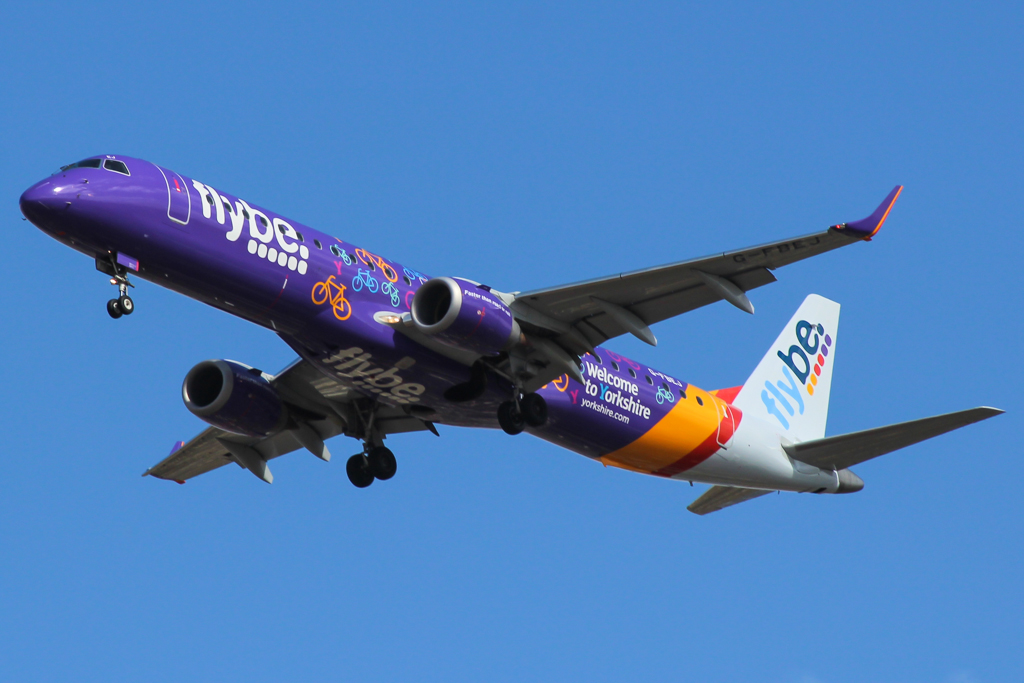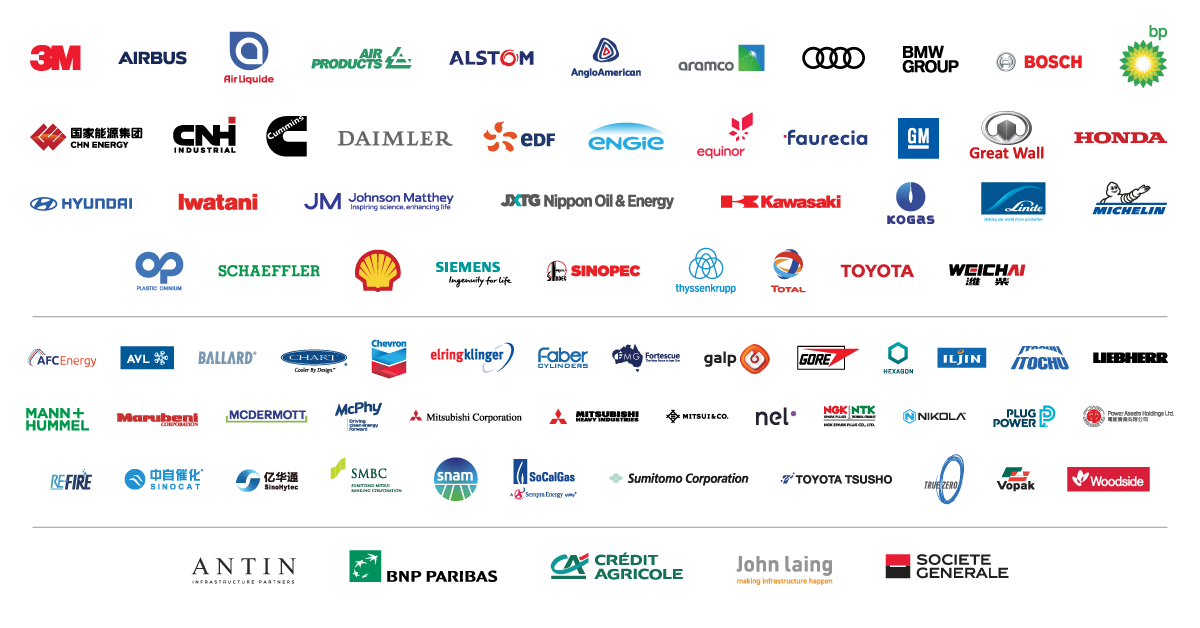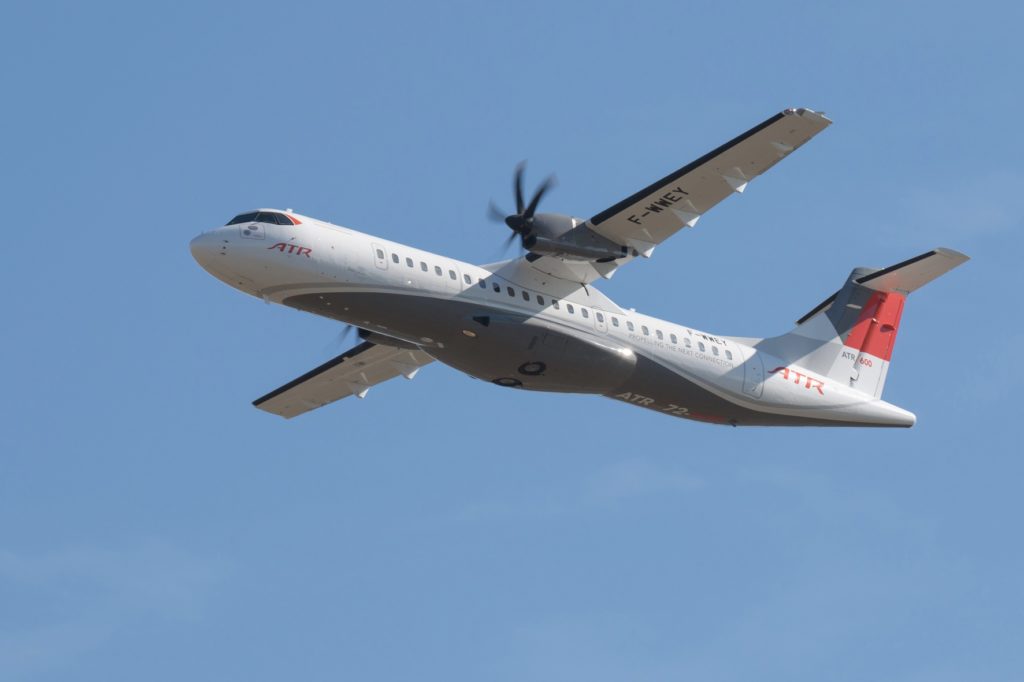Leeham News and Analysis
There's more to real news than a news release.
Outlook 2021: Turboprops challenged
Subscription Required
By Judson Rollins & Bjorn Fehrm
Introduction
Jan. 11, 2021, © Leeham News: COVID-19 may ultimately prove to be a net positive for turboprop manufacturers. Near-term orders will be pinched just as for jets, but a long-term loss of business travel and the resulting impact to airline yields will make turboprops’ superior unit costs appealing for shorter missions.
Turboprop engines create their thrust with a very high bypass ratio. The result is 30% better fuel economy than a jet. But it also means 30% lower speed. This limits turboprops to stage lengths to about half that of jets.
The market-dominating ATR and De Havilland Canada (DHC) turboprops use this base efficiency to compete against newer regional jets despite having designs which are 20 years older.
Summary
- Turboprops have attractive economics, making them a larger part of the market post-COVID.
- ATR-72, DHC-8-400 turboprops are old designs.
- The only new turboprops come from Russia (Ilyushin I-114) and China (Xian MA700), limiting their market reach.
- Embraer is keen to enter the market with a new clean-sheet design.
- Continued dominance by ATR, DHC depends on whether Embraer goes ahead.
Pontifications: Outlook 2021 Series begins today
Jan. 4, 2021, © Leeham News: Beginning today through next week, Leeham News presents its annual Outlook series for the coming year.
We’ve been doing this for years. In recent years, the Outlook reflected continued growth in commercial aviation. The industry had the longest upward tick in the more than three decades I’ve been involved in the sector.
Not this year. As I wrote before the Christmas-New Year’s holiday period, 2020 was the worst year for commercial aviation I’ve ever seen in 41 years.
This year is the beginning of the end of the COVID crisis. Yes, the vaccines began distribution in December, but large spikes in COVID cases began simultaneously and are predicted to climb higher through the first quarter.
Over the coming days, as LNA provides its Outlook for 2021, readers will see what we believe will happen.
Podcast: 10 Minutes About Embraer’s Turboprop
Dec. 7, 2020, (c) Leeham News: Embraer studies whether to develop a new generation turboprop to compete with and replace the ATR-72 and De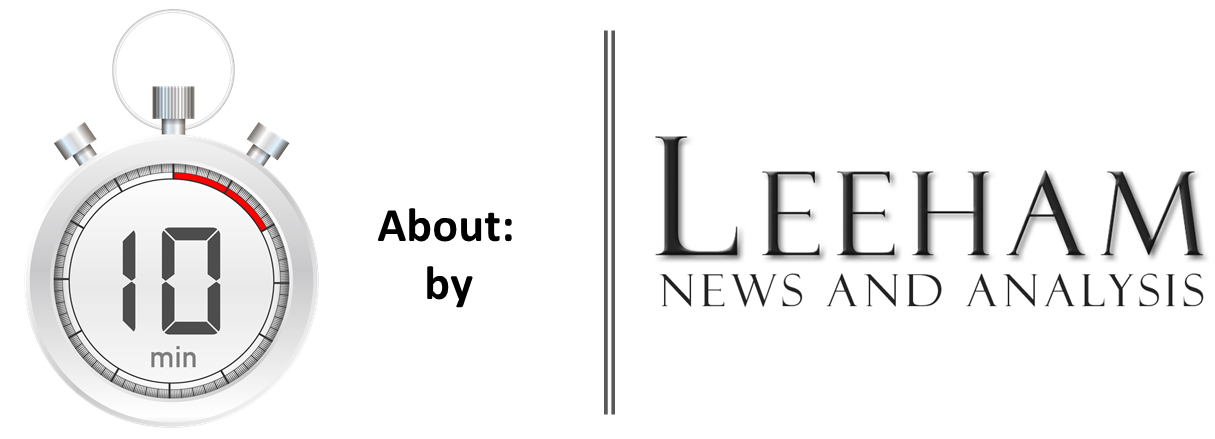 Havilland Canada Dash 8-400. Both of these airplanes were designed in the 1980-90s, although each went through updates and modernization.
Havilland Canada Dash 8-400. Both of these airplanes were designed in the 1980-90s, although each went through updates and modernization.
Developing a new turboprop has lots of challenges. Not the least is the size of the market.

Embraer’s preliminary concept for a new generation turboprop airliners. Source: Embraer.
LNA’s Scott Hamilton and Bjorn Fehrm discuss the Embraer “E3” concept in the next installment of the “10 Minutes About” series of podcasts.
Bjorn’s Corner: The challenges of Hydrogen. Part 2. Ecosystem.
July 31, 2020, ©. Leeham News: In our series on Hydrogen as an energy store for airliner use we begin by looking at the needed ecosystem that can produce and distribute Hydrogen.
When I was skeptical about hydrogen as a means to propel our airliners three years ago, the main problem was the lack of this ecosystem. That year, in 2017, 13 transport and energy companies formed the Hydrogen Council, to create this ecosystem. Today the council has 81 members, with 22 joining in the last year, Figure 1. The list reads as Who’s Who in the transport and energy sector.
Looking ahead for 2020 and 2030 decades: ATR & De Havilland Canada
Subscription Required
Seventh and final in a series.
By Judson Rollins
Introduction
Jet manufacturers typically introduce a new airplane every 15 years or so.
Commercial turboprops have not innovated to nearly the same extent as jets, with rival manufacturers ATR and De Havilland Canada (and predecessor Bombardier) having produced nearly 95% of the world’s in-service fleet. Although order volume has slowed in recent years, more than 300 aircraft are still on order.
Both manufacturers sell aircraft based on 30+ year old designs. However, the market’s size is probably capped because of turboprops’ relatively low cruise altitude and speed, making them limited alternatives to regional jets beyond roughly 500nm. This limits the return on investment from a clean-sheet design, either from aerodynamic improvements or the use of carbon composites.
Emerging threats lie on the horizon as China’s Xian MA700 nears its first flight and Embraer deliberates re-entering the market with a new design. Given sufficient market acceptance, either would constitute a significant threat not only to ATR and DHC, but potentially also the smaller end of the regional jet market.
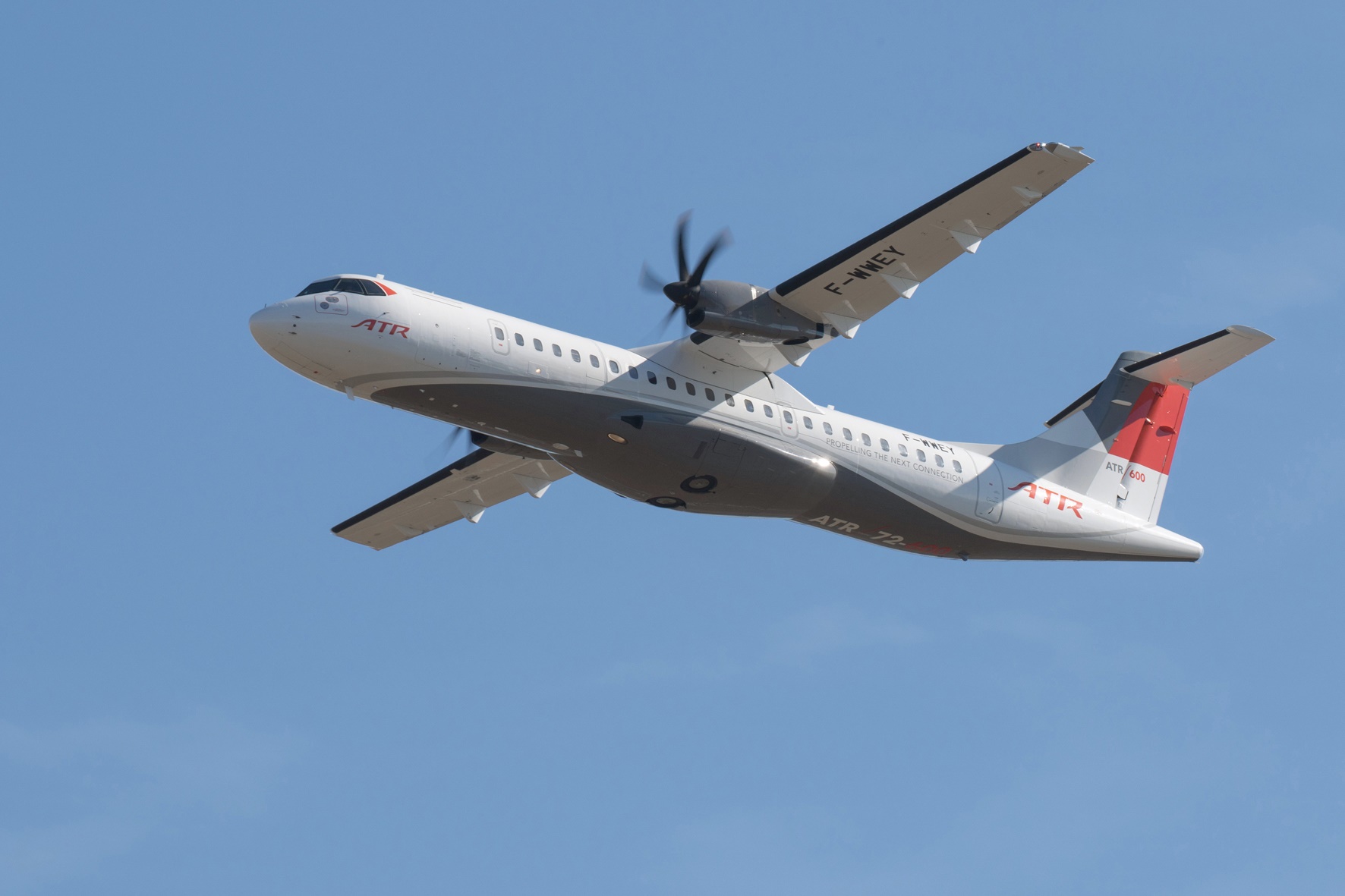 Summary
Summary
- ATR has a commanding share of the market; access to Airbus resources adds to ATR’s ability to win future business.
- DHC’s dwindling order book and high production costs limit its ability to compete.
- Old designs leave the turboprop space ripe for disruption; Embraer may re-enter the market with a clean-sheet design.
France to invest 15 billion Euro in its aeronautical industry
By Bjorn Fehrm
June 10, 2020, ©. Leeham News: France presented a 15 billion Euro support plan for the French aeronautical industry yesterday, to help the industry overcome the effects of the COVID-19 pandemic.
The plan has three focus areas:
- safeguard the employment of the 300,000 employed in the French aero industry
- transform the supplier network to a more robust structure
- and perhaps most interesting, set the direction for the industries’ next aircraft projects
European airline struggles add risk to 15% of Airbus, Boeing orders
By Judson Rollins
Subscription Required
Introduction
Earlier this week, LNA examined the potential for a shakeout among European carriers as the coronavirus outbreak spreads to the continent.
Five European countries now rank among the ten hardest hit – travel demand is plummeting nearly as rapidly as after the September 11 attacks in the US.
On Thursday, UK-based Flybe went into bankruptcy after long-time financial struggles. The airline had 54 De Havilland Canada Dash-8-400s and nine Embraer E175-E1s in its fleet, more than half of which were leased from Nordic Aviation Capital and HEH Aviation Management.
LNA reviewed aircraft ownership data to understand top manufacturer and lessor exposure to European carriers, particularly those with known profitability issues and high debt loads.
Summary
- Airbus’s exposure to Europe is 16% on single-aisles and 19% on twin-aisles;
- Boeing has just under 15% of its single- and twin-aisle orders from Europe;
- Embraer’s E2 jet program has 27% exposure to the region;
- ATR, De Havilland Canada, COMAC face little to no threat from European airline woes;
- Norwegian, TAP, SAS, TUI are likely the most imminent threats to manufacturers and lessors.
Asian airline troubles could affect up to 20% of Airbus, Boeing backlogs
By Judson Rollins
Subscription Required
In last week’s analysis, LNA examined which airlines in greater China and the rest of Asia may be in imminent risk of financial distress due to the growing coronavirus outbreak. We found that airlines from Malaysia to Japan have significant exposure to the Chinese market. Several have shaky balance sheets and were already losing money prior to the outbreak, most notably AirAsia, AirAsiaX, Thai Airways, Nok Air, Malaysia Airlines, and Asiana.
The coronavirus outbreak has now spread to Europe and the Middle East, but we are continuing our focus on Asia as it’s been most greatly affected so far. Additional analysis focusing on Europe will follow, with particular attention to the potential for further airline consolidation on the continent.
LNA reviewed ownership and operating data on aircraft to understand top manufacturer and lessor exposure to greater China, which includes Hong Kong and Macau, and the rest of East Asia.
Summary
- Airbus has greater exposure to China and the rest of East Asia, especially in widebodies;
- Boeing’s 787, 777X difficulties will be exacerbated by Asian airline troubles;
- COMAC’s sales book is almost exclusively in China, but government support is likely;
- ATR has material exposure to Southeast Asia; other regional aircraft OEMs are largely unaffected.
ATR: We’re confident in the future of turboprops
Subscription Required
By Judson Rollins
Introduction
Executives from turboprop manufacturer ATR expressed optimism about their product range and the future of turboprops in general at last week’s Singapore Airshow.
According to industry databases, ATR has 52% of the market for 30+ seat turboprops in service and 63% of 70+ seaters. It competes primarily against De Havilland Canada’s DHC-8 family. The ATR-72 accounts for nearly two-thirds of ATR production. Both models are produced on a single assembly line.
However, ATR dominates the backlogs by a wider margin.
Summary
- ATR touts advantages of the ATR-42 and -72 family;
- Special performance capabilities of the ATR-42 are key for developing markets;
- Adapting aircraft capabilities to stay ahead of revitalized DHC-8 competitor;
- Not looking to compete with regional jets in the 70+ seat space.




